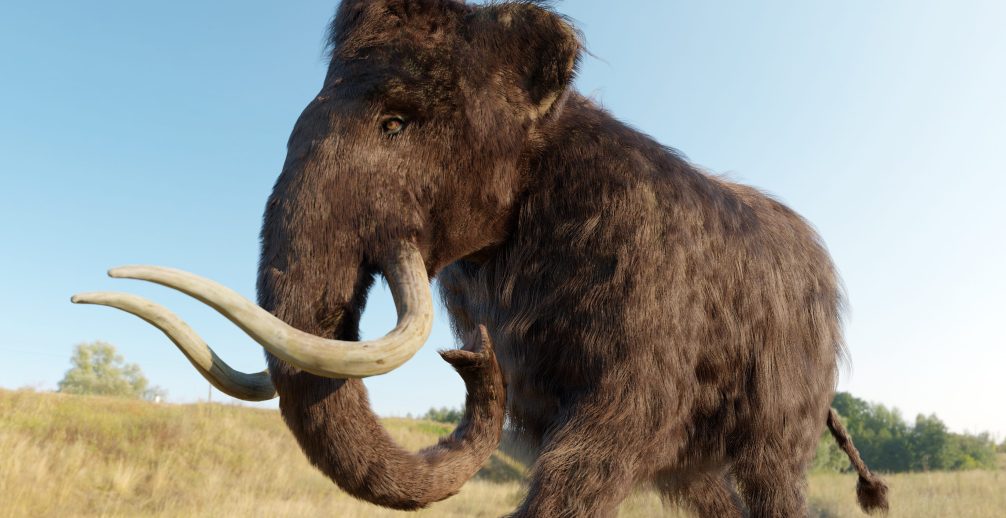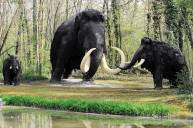Many incredible creatures of the past have since gone extinct. While people may have wishes to see creatures like the T-Rex, Megladon, or the Woolly Mammoth they will never get the chance. Or so we thought. One man is trying to "de-extinct" one of these creatures and he is claiming that he is close. Is it truly possible that the incredible Woolly Mammoth could return?
Awaiting the Woolly Mammoth's Return

Shutterstock Photo
Unilad shared the odd but exciting news that one man believes he can "de-extinct" the woolly mammoth and bring it back to life. This man is Ben Lamm. Ben is "the founder and CEO of Colossal Biosciences, a biotechnology company." Currently, his company is "working round the clock on 'de-extinction' research."
With his company's research Benn shares that he believes it is "highly likely" that the Woolly Mammoth will make a return by 2028. Scientists have long debated the reason for their extinction to begin with. Some argue that humans were the cause while others suggest the mammoths simply could not handle Earth's warming climate.
Regardless of the reason they are gone, Benn is determined to bring them back. How could this be possible? "Scientists plan to use Asian elephants as surrogates for mammoth fetuses." Those same scientists plan to create fetuses "with replicated genes using the DNA of a close existing relative."
The Long-Term Goal
Ben and his team don't just plan to bring back one Woolly Mammoth. The goal is not just to prove that they can do it, but to repopulate the Earth with this massive creature. He shared pieces of his plan with Unilad about what his long-term goals for the species are.
He stated, " You need enough engineered and genetic diversity so you can create inter-breedable, sustainable herds so you're not just making a bunch of clones. You have to be very thoughtful in that process."
He continued with,
"Rewilding of the species back into their respective environments with enough population genetics and diversity so that they can create sustainability without human managed care."
Next Ben debunks the myth that today's climate is too hot for these animals. He mentions how there were "massive interglacial periods that were actually warmer than today." Additionally, he shares how the Woolly Mammoth had "distribution and migratory patterns" that were "vast and wild and huge populations."
It seems like nothing will deter this man and his team of scientists from working on the Woolly Mammoth's return. Of his team of 145 scientists, 17 of them are "solely working on the creation of artificial wombs to bring back extinct animals."
Benn's plans do not stop with the Woolly Mammoth's return. He admits that "after mammoths are brought back to life" he intends to revive "the dodo bird and the thylacine, also known as the Tasmanian tiger."




